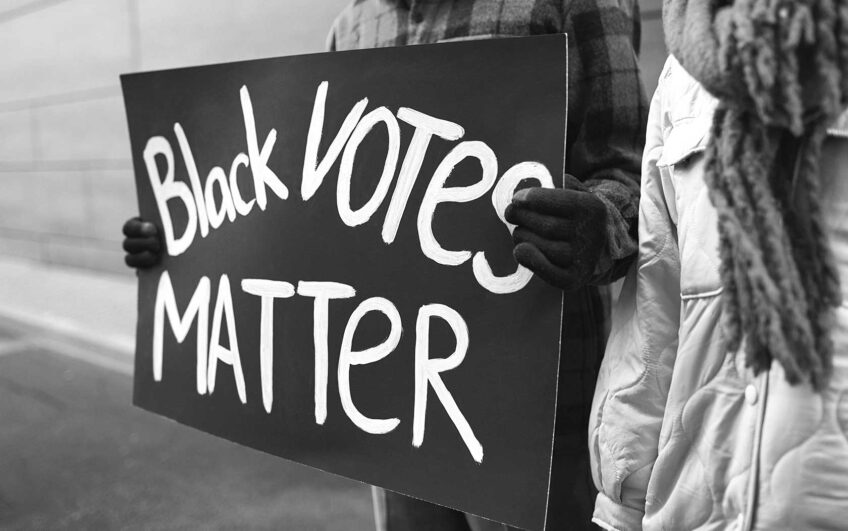I consider my days in the sun as a young, Black, organic farmer to be the most rewarding work I’ve done. The days were long, hot, and unforgiving, but I felt free. Farmers have my utmost respect, and I believe them to be the backbone of America.
But for young people like me, becoming a full-time farmer is nearly an impossible dream. If we truly care about the future of our food, we must unpack why — and offer solutions to preserve America’s farming culture.
According to the U.S. Department of Agriculture, the median age for agricultural producers increased from 56.3 to 57.5 years old between 2012 and 2017 — making farmers among the country’s oldest workforces. People 35 or younger account for only 9 percent of the country’s farm producers.
Why are so few young people going into farming? The 2022 National Young Farmers Survey names access to land, funding, health care and the cost of production as the top challenges.
The average net income for family farms in 2023 is expected to be less than $40,000, lower in real terms than a decade ago. Meanwhile, the costs of agricultural land and machinery have skyrocketed. Even a second-hand John Deere combine can easily run more than $750,000.
Only a young person with family wealth could even get a loan for that amount — and that’s if he or she can afford to buy farmland in the first place.
The average price per acre of cropland reached $5,050 in 2022, nearly double the 2009 rate, according to the department. With high inflation, prices shot up by more than 15 percent in the Midwest and by nearly 20 percent in the northern Plains between 2021 and 2022.
The federal government spends billions every year on farm subsidies, but most of the money goes to the largest and wealthiest operators. Because of systemic racism, Black and Indigenous farmers have faced particular difficulty in accessing these funds. In 2022, white applicants for government support were approved 72 percent of the time — compared to just 36 percent of Black applicants.
In 2021, Congress set aside $4 billion in loan forgiveness for minority farmers to address the long history of discrimination against Black farmers. But the courts blocked the program, claiming it would be unfair to white farmers.
So what can be done to address the crisis of America’s aging farmers? The negotiations over the new farm bill are a huge opportunity to change course. Congress passes this omnibus legislation every five years.
The last one, in 2018, allocated some funding for loans and other support for a multitude of farming operations and rural healthcare. It supported outreach programs for beginning, veteran and historically underserved farmers as well as youth agricultural employment. But these initiatives made up just 1 percent of the 2018 bill’s spending.
If we’re serious about cultivating the next crop of young farmers in America, we need to do much more to clear the roadblocks stopping young farmers from taking their place in the agricultural workforce.
I’ve been privileged to be able to experience what it’s like to work the land. At the end of every day, I slept well, partly from sheer fatigue but also because I felt the satisfaction of knowing I was helping to put healthy food on someone’s table.
I want other young people to have the opportunity to share in the experience of cultivating the earth, connecting with nature and understanding the true value of sustainable food production.
Danielle Browne is a Next Leader at the Institute for Policy Studies. This op-ed was distributed by OtherWords.org.






